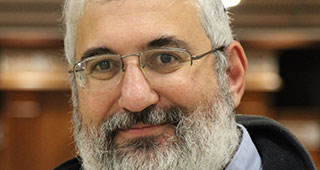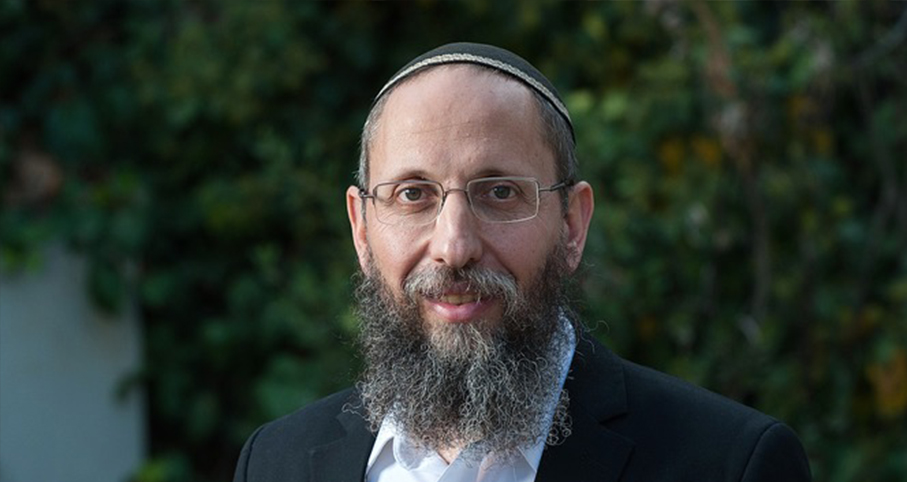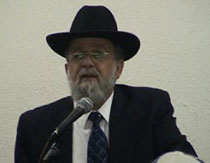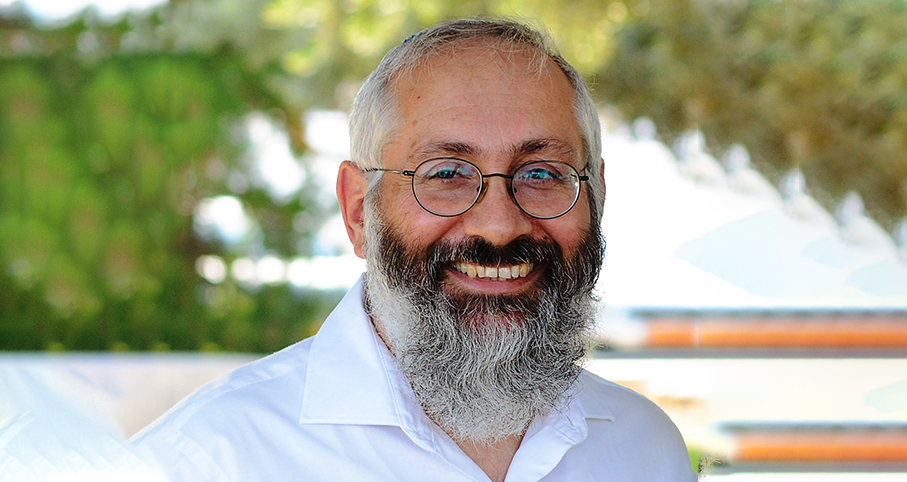Beit Midrash
- Sections
- Chemdat Yamim
- Parashat Hashavua
- Torah Portion and Tanach
- Vayikra
- Bechukotai
The pasuk states: "A house did he make for the daughter of Paroh, whom Shlomo married" (Melachim I, 7:8). We have explained in the past that the fact that Shlomo took so many wives was a sign that he was able to create diplomatic relations with many kings and leaders, who gave their daughters to Shlomo’s as wives because they recognized his greatness. Realize that the longstanding practice in days of old was that the stronger king would take the daughter of the weaker king as a wife. Shlomo’s goal was to influence many nations by means of his wives and the "embassies" opened around them, bringing them to acceptance of Hashem as the one, ultimate King. The marriage with Paroh’s daughter was the crown jewel in this regard.
The aforementioned house for Paroh’s daughter was not an individual house but was actually the Foreign Ministry of the kingdom, out of which a variety of diplomatic activities were carried out. By calling the building after Paroh’s daughter, Shlomo was essentially announcing to the nation and the world: "If Paroh gave me his daughter and thus recognized my supremacy, no one can question my international standing." For this reason, the navi sets aside several p’sukim for this topic.
One important pasuk, which opens the discussion about Shlomo as an independent king after his father’s death, reads as follows: "Shlomo married with Paroh, the King of Egypt, and he took the daughter of Paroh and brought her to the City of David, until he finished building his house, the House of Hashem, and the walls of Yerushalayim around it" (Melachim I, 3:1).
Let us notice a few points of interest in the pasuk. 1) The marriage is described as being with Paroh, not with his daughter, for the connection that the marriage made between the two leaders of the most important empires of the time was the purpose of the marriage. 2) The daughter of Paroh waited in the City of David until "her home" was ready. 3) The building project included a governmental building, the Beit Hamikdash, and the security apparatus of the city. As a pasuk of summary, the navi says: "However, the daughter of Paroh went up from the City of David to her house that he built for her; then he built the milo (Melachim I, 9:24).
Let us put the matter into perspective based on our understanding that this house served as a Foreign Ministry. The milo, next to which it was situated, was a project to level out the area to aid those going by foot to the Beit Hamikdash. Shlomo wanted these masses, Jewish and non-Jewish, according to his vision, to notice on the way to the Mikdash that Paroh had made this unprecedented vote of confidence in Shlomo’s reign. It highlighted the place of Yerushalayim and the Beit Hamikdash as the centers of the whole world, as Yeshaya would, centuries later, prophesy regarding the End of Days.
Let us hope that in our days, the Foreign Ministry will succeed in spreading Jewish values throughout the world… without resorting to marriages.

The Separation Between Money and Torah
Rabbi Yossef Carmel | 5772

Parashat Hashavua: How to Ensure a Future of Torah
Rabbi Yossef Carmel | Cheshvan 5786

Parashat Hashavua: From Paroh to Hamas and Iran – In Those Days at this Time
Rabbi Yossef Carmel | Kislev 5786























